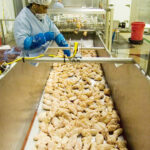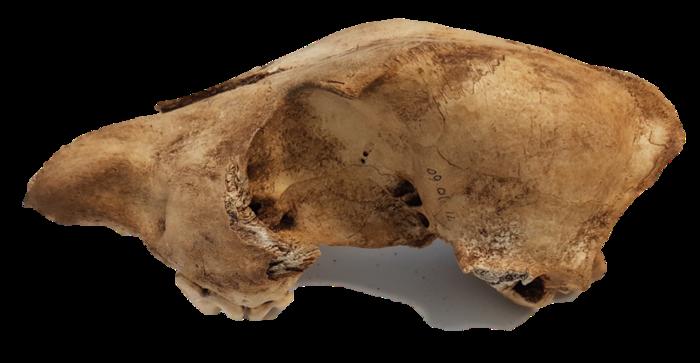
Scientific definition of a planet says it must orbit our sun: A new proposal would change that
Planetary scientists are proposing a new definition of a planet to replace one that many researchers view as sun-centric and outdated. The current definition—established in 2006 by the International Astronomical Union (IAU), the organization that officially names objects in space—specifies that to qualify as a planet, a celestial body must orbit the sun within our…














